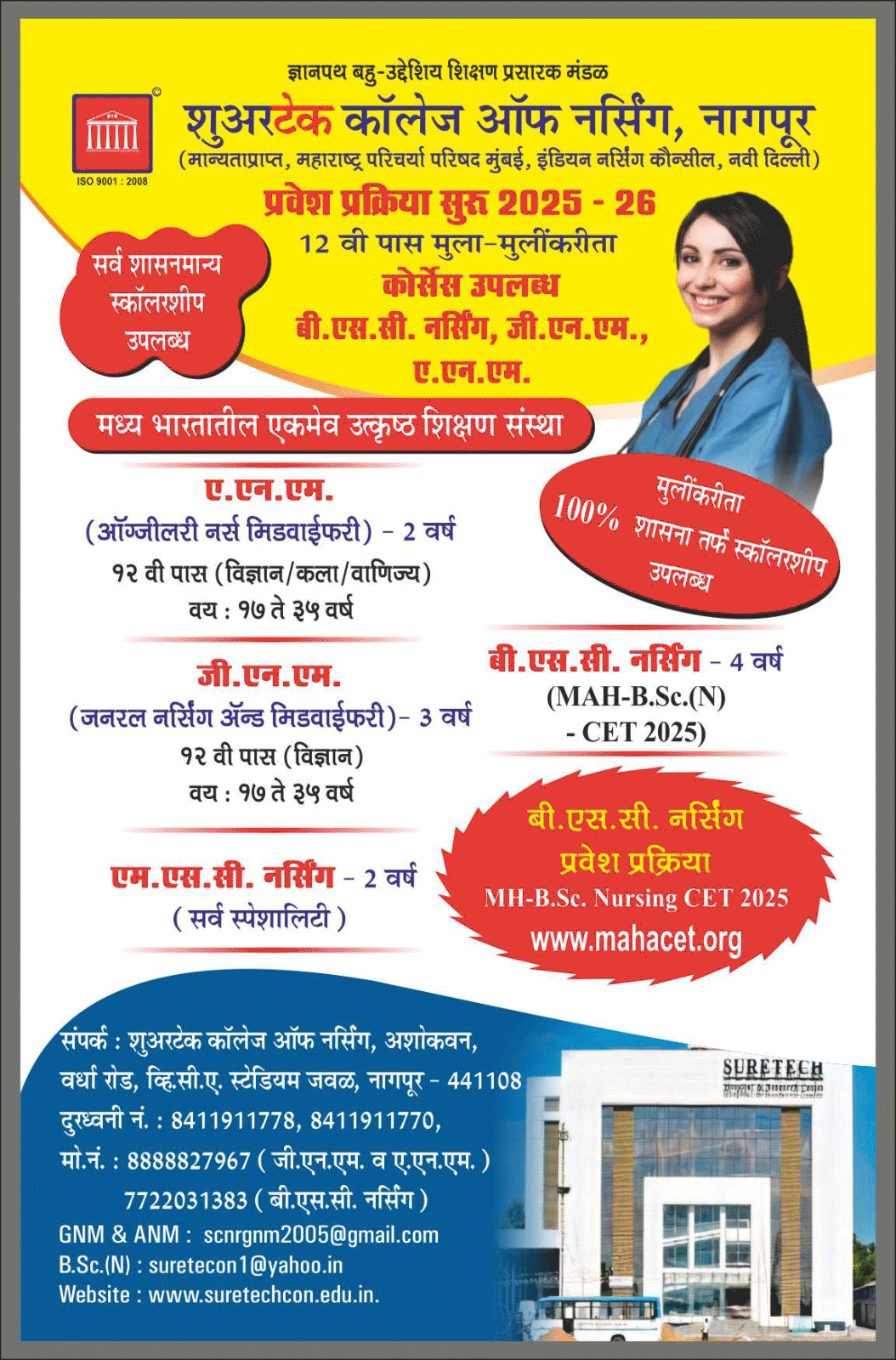Buying a second-hand two-wheeler is a budget-friendly option, especially in areas where bikes and scooters are a reasonable choice for daily travel. However, paying the entire price upfront could be challenging. 2nd hand bike finance allows you to purchase a pre-owned bike on EMI, making ownership more affordable and manageable.
Why Choose Finance for a Pre-owned Bike?
Financing a second-hand bike can benefit in several ways:
- Lower Initial Cost: Pre-owned bikes cost less than newer ones, which means your loan amount is lower.
- EMI Flexibility: Spread the cost over several months or years, depending on the tenure.
- Preserve Savings: Avoid exhausting your savings with a lump sum purchase.
- Upgrade Convenience: Easier to switch to a newer bike after a few years without major financial strain.
How Second-hand Bike Finance Works?
Understanding how 2nd hand bike finance works can help ensure a smoother approval process and more informed financial planning.
- Bike Selection and Valuation: Choose a pre-owned two-wheeler from a dealer or a trusted seller. Lenders usually check and analyse the bike’s condition before approving the loan.
- Loan Application: Submit an application with all required documents like KYC, proof of income, and bike details.
- Loan Approval and Agreement: If the bike passes valuation and you meet eligibility requirements, the lender sanctions the loan.
- Loan Disbursal: Payment is made to the seller or dealer, and you may take ownership of the bike.
- EMI Repayment: Repay the loan in monthly installments based on your chosen tenure.
Eligibility Criteria for Second-hand Bike Loans
Lenders have specific conditions to reduce risk since pre-owned vehicles depreciate faster. Common eligibility criteria include:
- Age: Minimum 21 years and usually not more than 65 years
- Employment: Salaried or self-employed with stable income
- Credit Score: A CIBIL score of 700 or above improves approval chances
- Bike Age Limit: Lenders usually finance bikes up to 10 years old or less
Documents Required
The documentation process for 2nd hand bike finance is usually simple but must be accurate to avoid rejection.
- Identity Proof: Aadhaar Card, PAN Card, Passport, or Driving Licence
- Address Proof: Utility bill, Aadhaar, or rental agreement
- Income Proof: Salary slips, ITR, or bank statements
- Bike Documents: RC book, insurance papers, pollution certificate, and ownership transfer forms
Loan Amount and LTV Ratio
Lenders determine loan amounts for used bikes based on the vehicle’s current market value.
- Loan-to-Value (LTV) Ratio: Typically 70–80% of the bike’s assessed market value
Example: If a bike is valued at ₹50,000 and the LTV is 70%, the maximum loan is ₹35,000.
Some lenders may finance higher amounts if the bike is in excellent condition or purchased from an authorised dealer.
EMI Calculation for Used Bike Loans
Planning your EMIs helps you avoid financial strain.
Formula for EMIs: EMI = [P x R x (1+R)^N] / [(1+R)^N – 1]
Where:
- P = Loan Amount
- R = Monthly Interest Rate (annual rate ÷ 12 ÷ 100)
- N = Loan Tenure in Months
Example:
A used bike loan of ₹35,000 at 14% interest for 24 months results in an EMI of around ₹1,675.
Key Benefits of Financing a Pre-owned Bike
- Affordable Mobility: Enjoy two-wheeler convenience without high upfront cost.
- Flexible EMIs: Choose repayment tenure that suits your budget.
- Faster Ownership Transfer: Financing often ensures proper legal transfer of the vehicle.
- Option to Upgrade: Easier to trade in or sell after a few years since the initial investment is lower.
Things to Check Before Applying
Review these points carefully before signing a finance agreement:
- Bike Condition: Ensure no hidden damages or major repair history.
- Insurance Validity: Check if the insurance is active and transferable.
- Ownership History: Avoid bikes with multiple owners or incomplete RC records.
- Loan Terms: Compare EMIs, interest rates, and foreclosure options.
Tips to Save on Second-Hand Bike Loans
- Maintain a High Credit Score: This could ensure that you receive lower interest rates.
- Choose Shorter Tenures: Reduces total interest even if EMIs are slightly higher.
- Check Partnered Loan Options: Sometimes dealers may have tie-ups with lenders for better offers.
- Avoid Overborrowing: Only finance what you can repay comfortably.
Conclusion
Second-hand bike finance is an easier way to own a two-wheeler without heavy upfront spending. With proper planning, document verification, and lender comparison, you can enjoy affordable EMIs and legal ownership. If you’re considering a more sustainable ride, you could also explore electric scooter financing options, such as Ola electric scooter finance. Make sure to review the terms, check all costs involved, and choose a plan that fits your budget to keep the ownership experience stress-free.
















